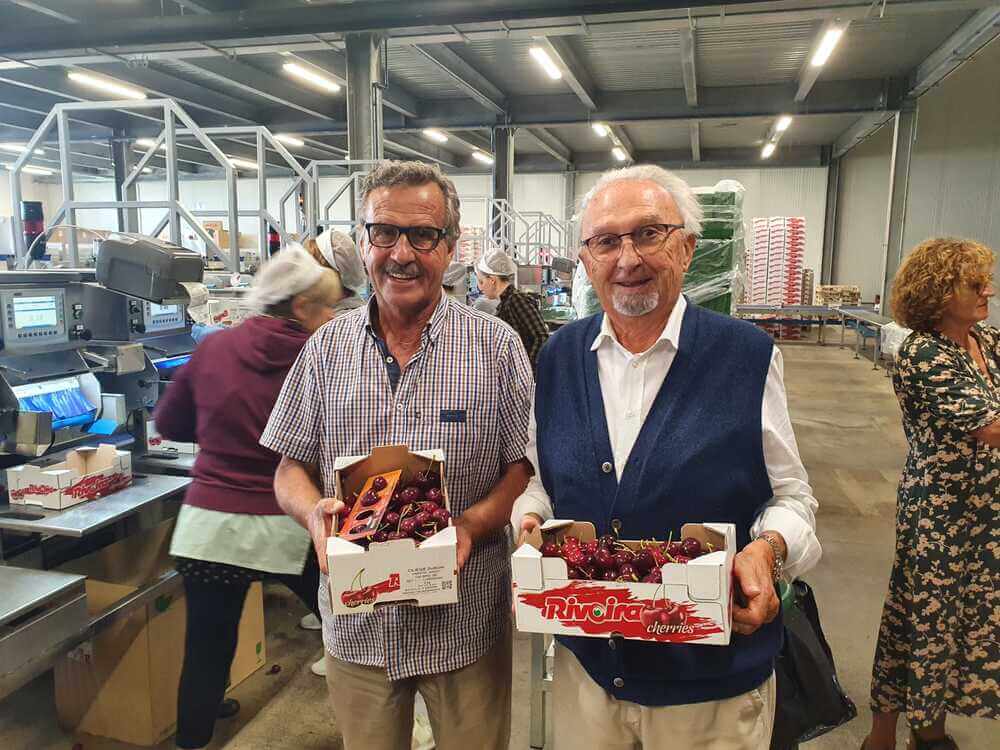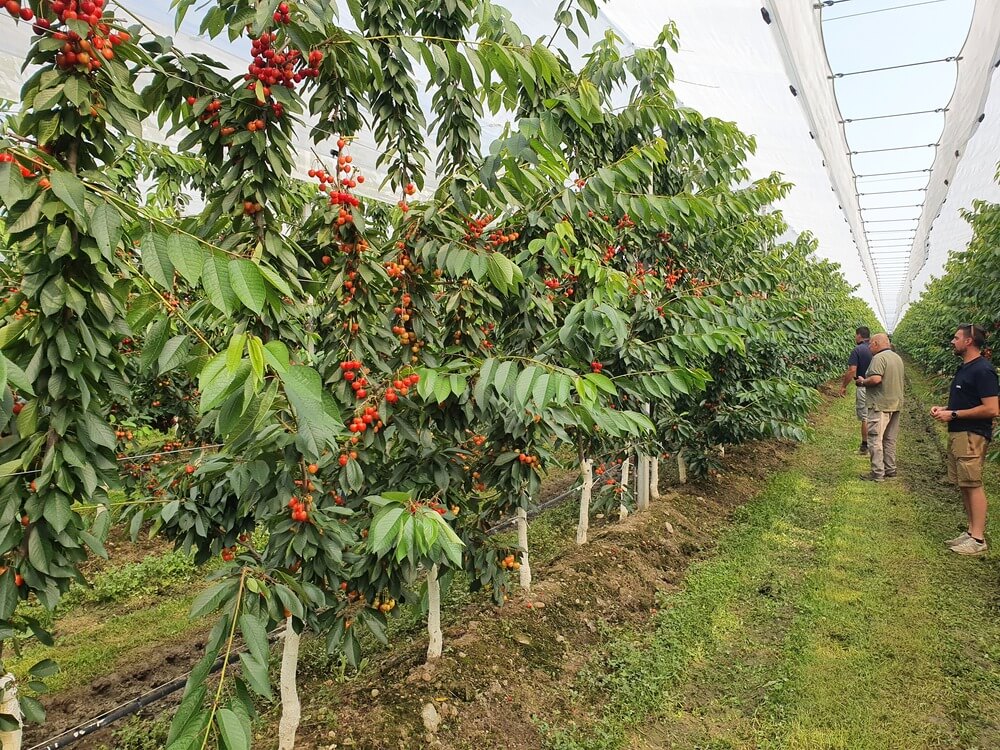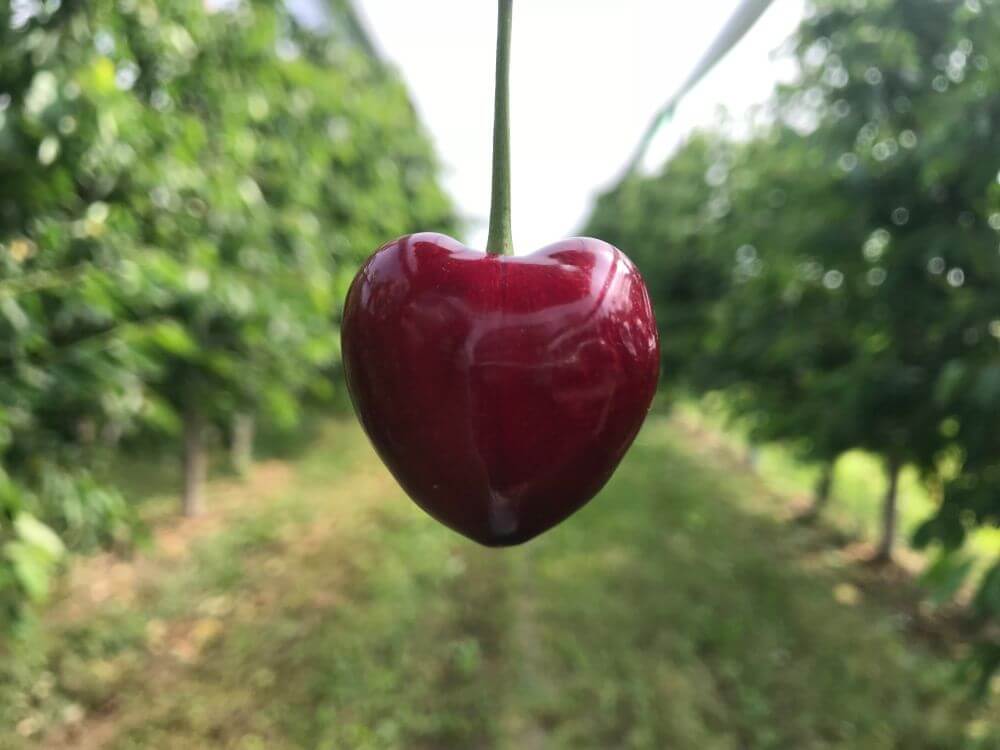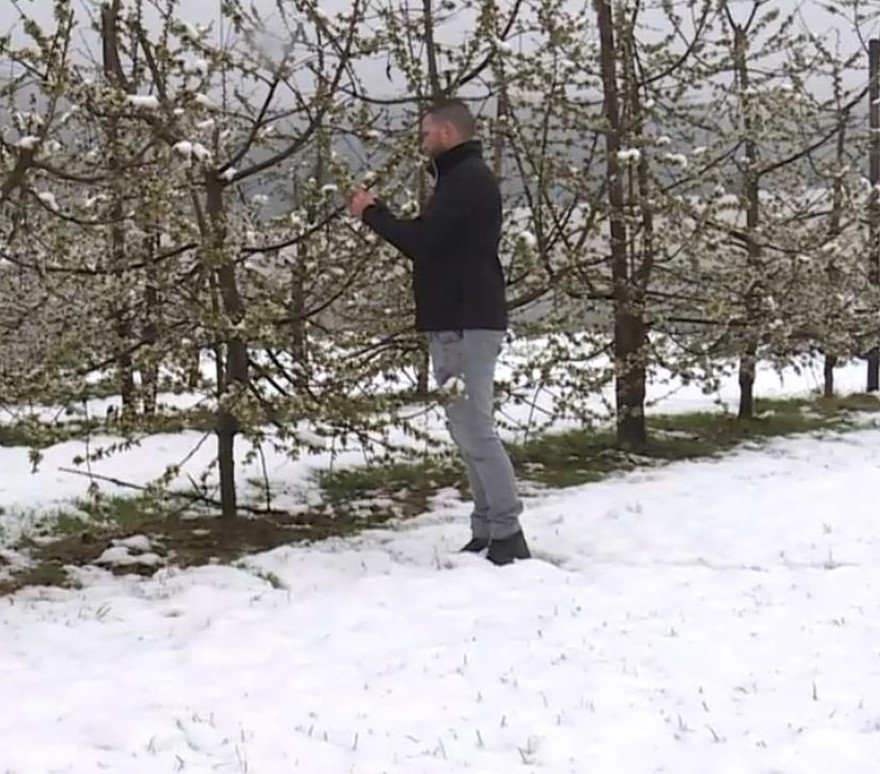
Stefano Lugli – SL Fruit Service
Chair of Cherry Times technical-scientific committee
Piedmont is one of the few Italian regions showing signs of vitality in the cherry sector.
In fact, while Puglia, Campania, Veneto and Emilia Romagna have been struggling for years to maintain their positions as leading regions in the national production of cherries - some of which, according to the latest ISTAT 2023 data, are continuing to retreat both in terms of new areas planted with cherry trees and in terms of annual harvests - from Piedmont, on the other hand, there is renewed interest in the red fruit of paradise. But why?
 Image 1: Evolution in cherry tree cultivation in Piedmont.
Image 1: Evolution in cherry tree cultivation in Piedmont.
There are several reasons for this:
- The cultivation of cherry in Piedmont has found fertile ground for expansion, especially in the plain and hill areas of the Cuneo region, territories traditionally dedicated to the cultivation of apple, nectarine and kiwi trees. The new interest towards cherry cultivation probably stems from the crisis that affected kiwi cultivation a decade ago, due to dieback and other health problems..
- At that time, large corporate groups operating in fruit growing (e.g. Rivoira and Sanifrutta) planned ambitious investment projects on the cherry tree, using and exploiting the best of the world's knowledge in terms of product and process innovations to create a highly specialised cherry sector.
- For example, the Rivoira group a few years ago planned a multi-year project that will result in 200 new hectares of cherry trees. Sanifrutta and Joinfruit have planned a similar one for 80 new hectares.
 Image 2: New cherry tree plantings at the 4th leaf at Sanifrutta (Cuneo, Italy).
Image 2: New cherry tree plantings at the 4th leaf at Sanifrutta (Cuneo, Italy).
- In the new projects, process innovation includes the planting of high or very high density cherry orchards with dwarfing rootstocks, narrow-walled forms of cultivation such as the bibaum or columnar axis, multitasking covering and defence systems, modern technologies for selecting, processing and packaging cherries.
 Image 3: Variety Sweet, one of the main innovations introduced by the Rivoira group.
Image 3: Variety Sweet, one of the main innovations introduced by the Rivoira group.
- In the varietal sector, the new Piedmontese companies initially invested in the Trentino / Alto Adige model by focusing on two late varieties of undoubted value: Kordia and Regina. Subsequently, in order to broaden the calendar of cherry supply and seek to improve the varietal standard and make it more responsive to the needs of domestic and foreign markets, product innovation also proved to be a decisive lever for the development of the cherry sector.
- Many companies invested in early varieties (e.g. Sweet series, Nimba, Red Pacific and Frisco), others, exclusively, in some extra-late varieties (e. Final series).
 Image 4: The late varieties of the Final series are exclusive to Sanifrutta in North-West Italy.
Image 4: The late varieties of the Final series are exclusive to Sanifrutta in North-West Italy.
- The introduction of a new variety should only take place after qualified experimentation. Luckily for the fruit growers in Piedmont, they have a very efficient, well-established and super partes varietal evaluation system that can guarantee certain and timely answers.
- In this context, the research carried out by Agrion Foundation researchers at the experimental farm in Manta (Cuneo) offers producers an excellent guiding tool for a correct varietal choice for new plantings.
Below are the latest results on Agrion's cherry varietal innovation presented in Manta (Cuneo) last July on the following varieties:
- Early Star® Panaro 2
- Glen Blush*
- Folfer*
- Cerasina® Prim 3.1
- Arvin Glen*
- Poisdel*
- Sweet Lorenz® PA2UniBo*
- Mariant* Giant Red®
- Marysa*
- Grace Star*
- El Capitan*
- Cambrina*
- Sweet Gabriel® PA3UniBo*
- Kordia Attika®
- Sweet Valina® PA4UniBo*
- Starland*
- Royal Helen*
- Henriette*
- Klara*
- Emma*
- Betti*
- Kir Vulcano®
- Babelle*
- Sweet Stephany® PA7UniBo*
- Fertard*
- Feroni*
- Regina
- Balrine*
- Cerasina® Final 11.3
- Kir Lamour®
- Cerasina® Final 12.1
- Cerasina® Final 13.1
- Kir Rosso®
- M2058
Download the presentation (IT)
Cherry Times would like to thank the director and staff of Agrion for sharing the results of their research on the cherry tree with us.
Cherry Times - All rights reserved

















